13 Once-Popular Products Millennials and Gen Z Have Officially Left Behind

Millennials and Gen Z, known for their penchant for technology and efficiency, have made conscious choices to leave certain items behind. From antiquated technology to outdated home essentials, this list explores the 13 products that are no longer in vogue among these younger generations.
1. Cable TV Subscriptions
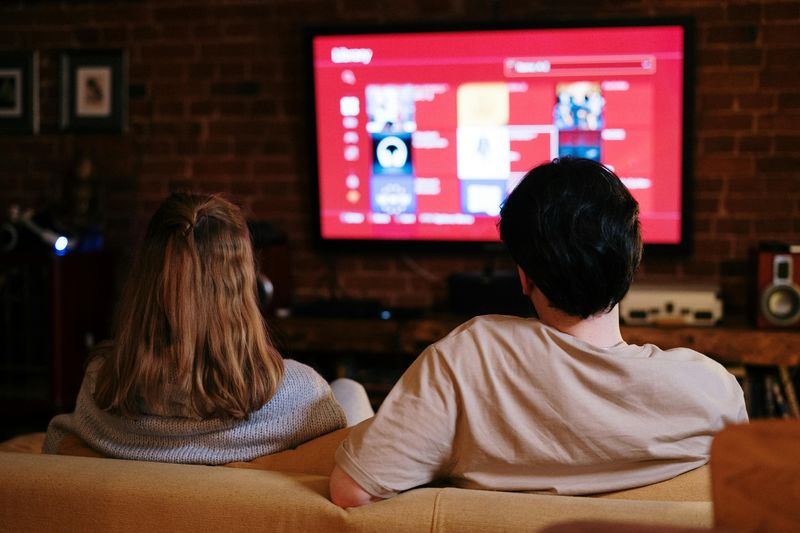
Most younger people don’t see the point in paying for channels they never watch. With endless streaming options available on demand, the rigid structure of cable TV feels outdated and overpriced.
Streaming services offer flexibility, personalization, and affordability—things that traditional cable can’t compete with. You can pause, skip ads, and binge entire seasons at your leisure.
Even live sports and news, once cable’s last strongholds, are now available through digital platforms. Cable companies haven’t kept up, and Millennials and Gen Z have moved on without looking back.
2. Landline Phones
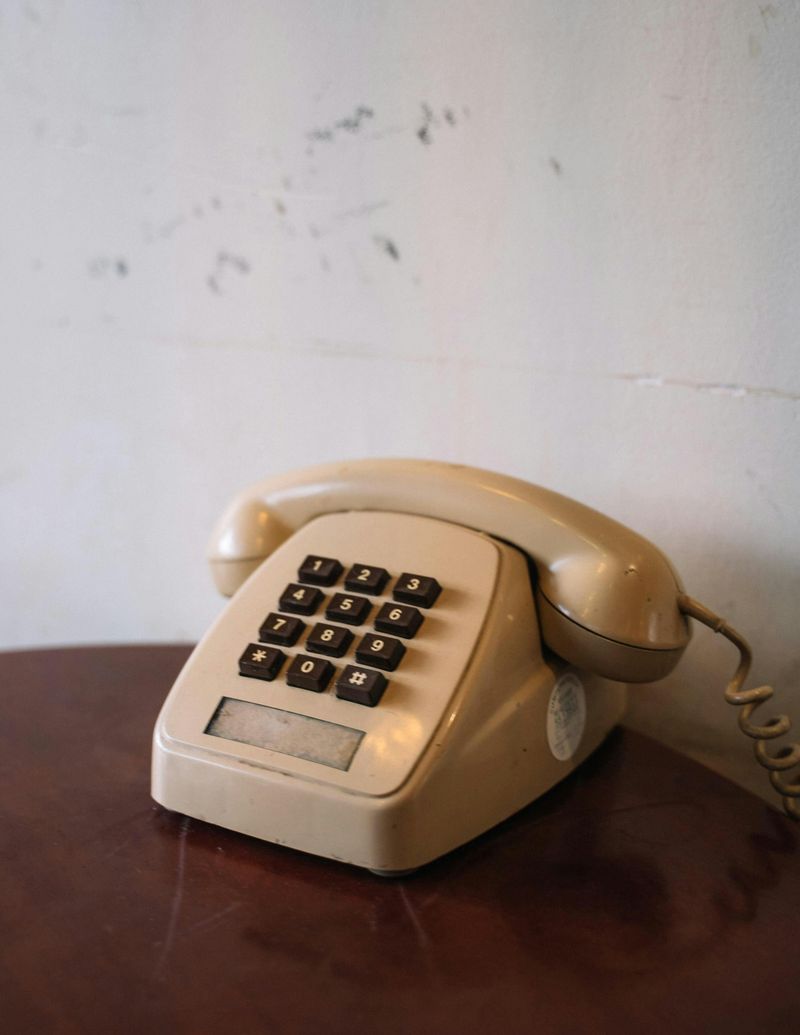
It’s becoming rare to find anyone under 40 who still uses a landline. Smartphones have made fixed home phones feel unnecessary and clunky.
Not only do cell phones go wherever you go, but they also offer far more functionality—messaging, video calls, social apps, and more. Landlines simply can’t compete.
For many, paying a separate bill for a device that does less just doesn’t make financial sense. Landlines have become a relic of a time when being reachable meant being home.
3. Physical Maps and GPS Devices

When was the last time someone unfolded a paper map? For Millennials and Gen Z, the answer might be “never.”
Navigation apps like Google Maps, Apple Maps, and Waze have turned real-time, turn-by-turn directions into the norm. These tools update live traffic conditions, suggest alternate routes, and even show nearby restaurants or gas stations.
Standalone GPS units and road atlases just can’t keep up. In a world that updates by the second, printed directions feel frozen in time.
4. DVDs and Blu-ray Discs
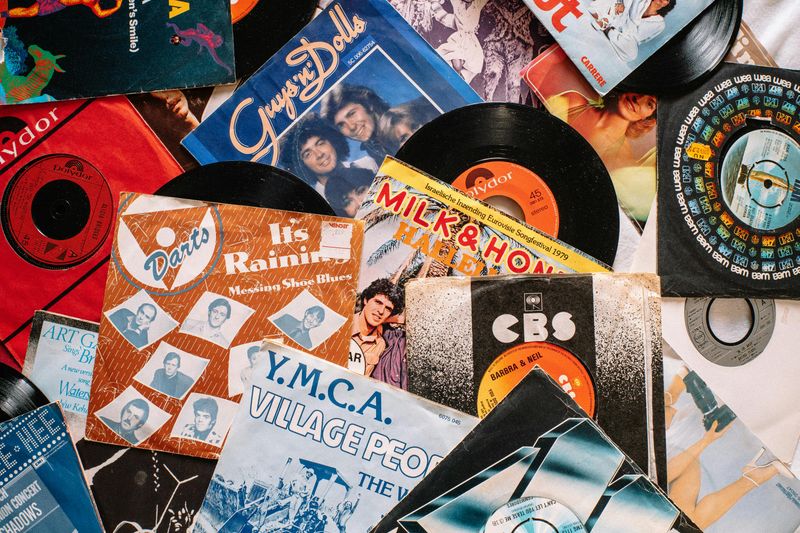
Owning physical copies of movies used to be a sign of a well-stocked entertainment center. Now, it feels more like clutter.
Younger generations prefer digital libraries and streaming platforms where everything is available instantly, without needing shelves or storage boxes. They value convenience over physical ownership.
Plus, many laptops and gaming systems no longer come with disc drives. The trend is clear: if it requires a disc, it’s probably going extinct.
5. Department Store Credit Cards
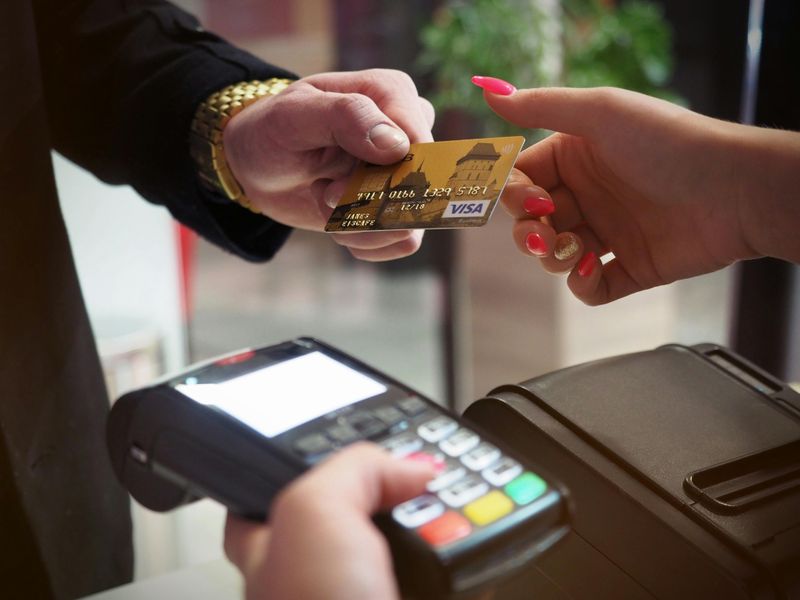
Just a decade ago, signing up for a store card at the checkout was a common money-saving move. Today, it’s more often met with a polite “no thanks.”
Millennials and Gen Z are more financially cautious. They’re skeptical of high-interest rates and wary of being locked into cards that offer limited rewards and usability.
With access to credit-building tools, budgeting apps, and better general rewards cards, younger shoppers are choosing smarter ways to manage their money. Store cards just don’t make the cut.
6. Alarm Clocks
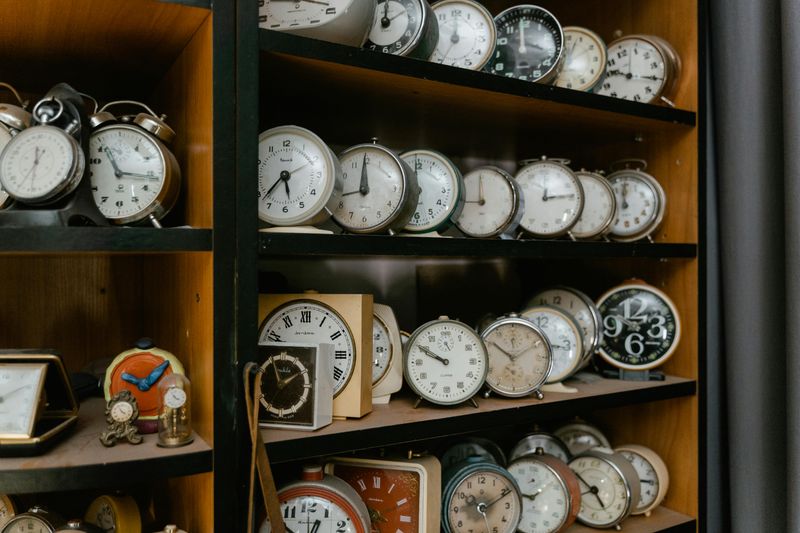
Waking up to a blaring plastic clock radio is no longer the morning routine it once was. Smartphones have completely taken over that role.
Not only do phones offer customizable alarms, but they also double as sleep trackers, white noise machines, and even sunrise simulators through apps. The bedside alarm clock has become redundant.
Many now view separate alarm clocks as a waste of money and space. When your phone does it all—why bother?
7. Fabric Softener

This once-essential laundry staple is losing favor fast. Millennials and Gen Z are questioning both its effectiveness and its environmental impact.
Some see it as unnecessary, especially with high-efficiency washers and better detergent options. Others are concerned about chemicals and how softeners can damage certain fabrics over time.
Eco-conscious buyers are switching to alternatives like wool dryer balls or skipping softeners altogether. For many, it’s one less product to clutter their laundry routine—and their budgets.
8. Single-Function Kitchen Appliances

Devices like quesadilla makers, hot dog toasters, and chocolate fountains once seemed like fun kitchen additions. Now, they’re mostly seen as gimmicks.
Younger generations prefer tools that do more with less—think air fryers or Instant Pots that combine multiple cooking functions in one. Space-saving and versatility matter more than novelty.
Millennials and Gen Z, especially those in smaller apartments, are choosing minimalism over kitchen clutter. If it only serves one purpose, it probably won’t survive the next kitchen purge.
9. Bar Soap

Lined up neatly on grandma’s bathroom counter, bar soap used to be a staple. Today, body wash is the more common choice for younger users.
It’s seen as more hygienic—no more soap scum or questionable bathroom germs. Body washes also come in more scents, skin-specific formulas, and Instagram-worthy packaging.
Bar soap isn’t totally gone, but it’s lost its mainstream appeal. For Millennials and Gen Z, it just doesn’t make the cut in a modern skincare routine.
10. Business Suits

For many younger professionals, formal suits now feel like costumes instead of everyday wear. The rise of remote work and casual office cultures changed everything.
Comfort has taken priority, with people opting for business-casual or “Zoom-appropriate” attire. Even in corporate settings, the once-mandatory suit and tie is often optional.
Millennials and Gen Z are redefining professionalism on their own terms—and it rarely includes starch and shoulder pads.
11. Cursive Writing Materials

Fancy pens and cursive practice books used to be part of every school supply list. But handwriting in script is quickly fading into history.
Many schools have stopped teaching cursive altogether, and most younger people type far more than they write. The need for elegant script has vanished in a keyboard-dominated world.
For digital natives, the ability to read cursive is becoming a rare skill. And buying materials to master it? That’s a hard pass.
12. CD and MP3 Players
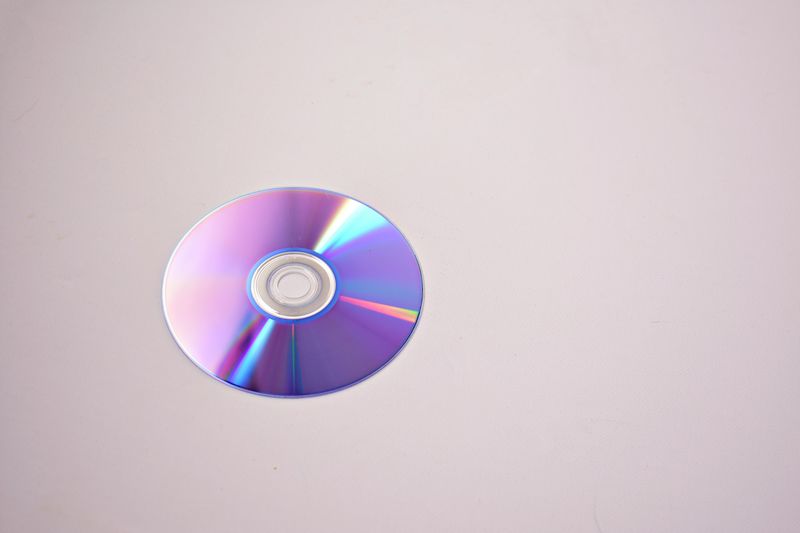
Music has never been more accessible—but you won’t find many Millennials or Gen Zers carrying around bulky music players to enjoy it.
Streaming services like Spotify and Apple Music have rendered CDs and MP3 players obsolete. Why download or carry physical media when everything is already on your phone?
There’s nostalgia for burning playlists onto a CD, sure—but not enough to keep these devices alive in a world of cloud storage and Bluetooth.
13. Digital Cameras (Non-Professional)
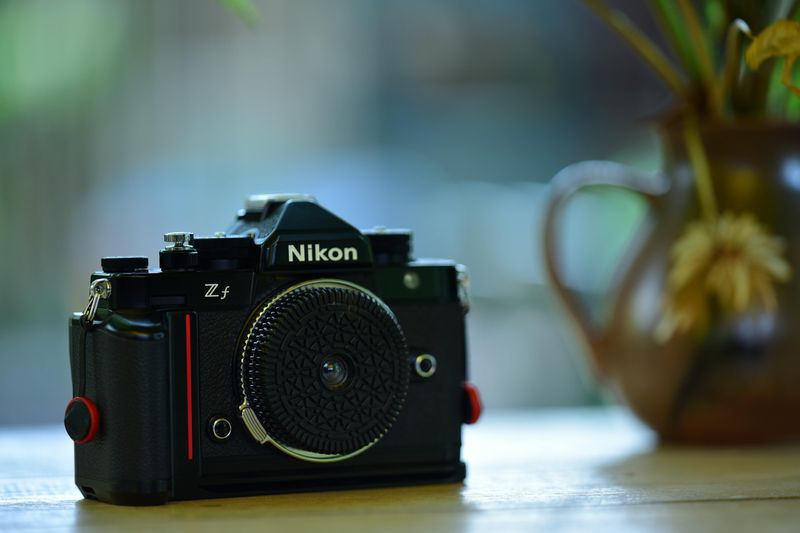
Point-and-shoot cameras were once the go-to for vacations and birthdays. Today, they’ve been mostly replaced by the smartphones in everyone’s pockets.
The camera quality on modern phones rivals or even surpasses many entry-level digital cameras. Plus, editing, sharing, and storing photos is instant and seamless on mobile devices.
Unless you’re a hobbyist or pro photographer, buying a separate camera feels like an unnecessary expense. Convenience—and quality—win every time.

Comments
Loading…